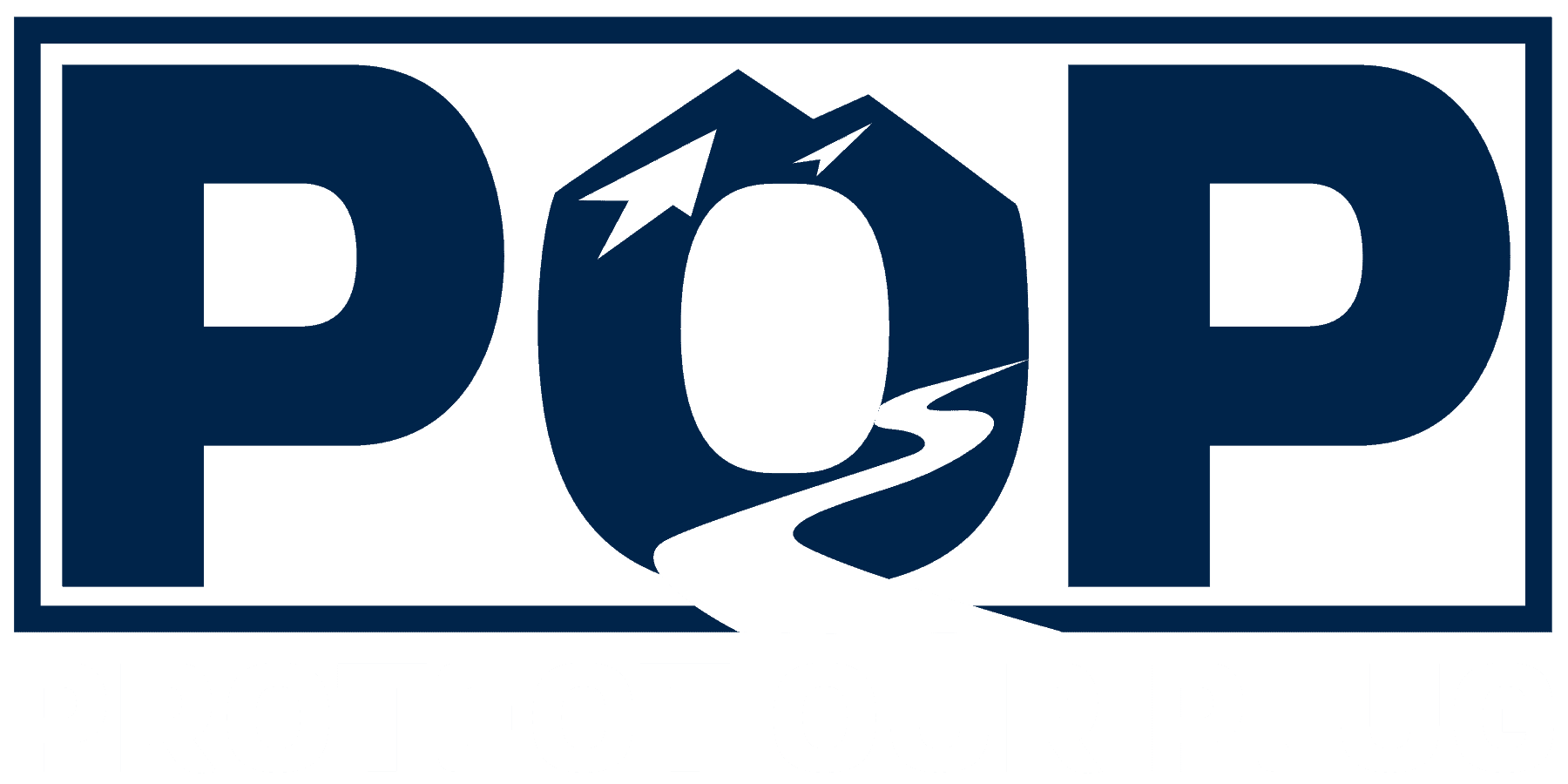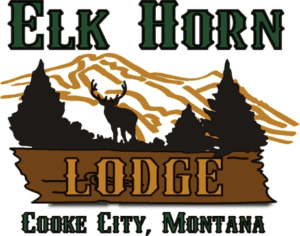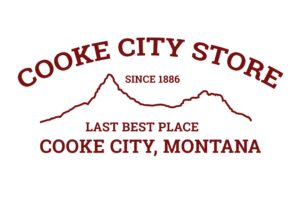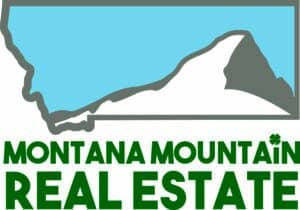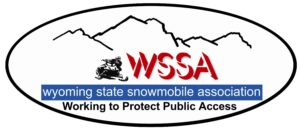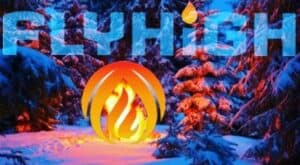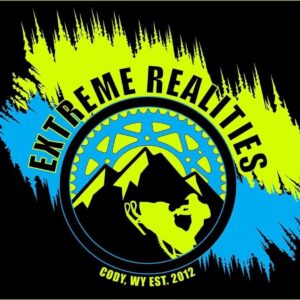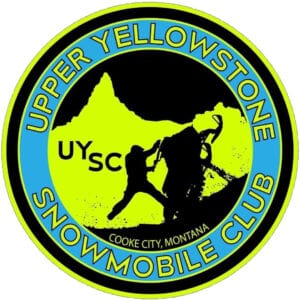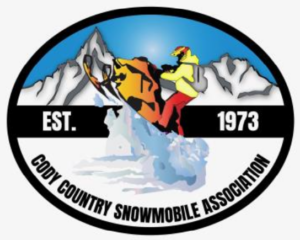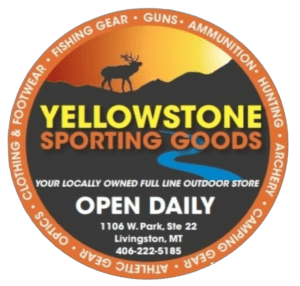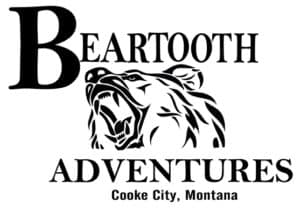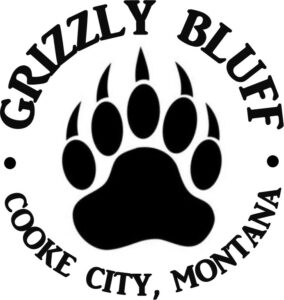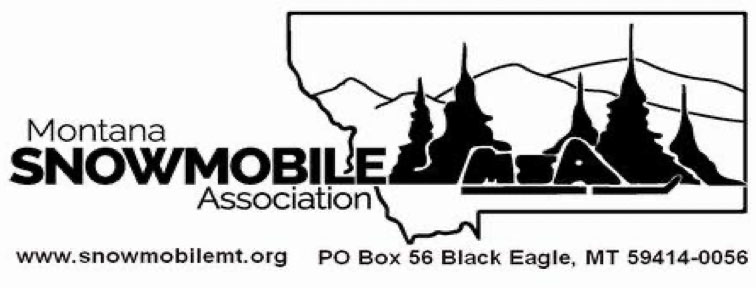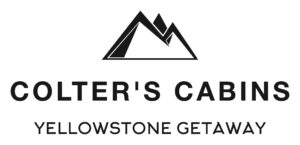PART I: Extracted from “Is Ecotourism Helping or Hurting Our National Parks?” (Click to read full article)
Our national parks have been described as America’s Best Idea. They belong to all of us and provide tremendous opportunities, but require us to be responsible stewards as well.
Ecotourism is an industry that promotes responsible travel to natural areas. It can provide income and promote conservation–rather than exploitation–of natural resources. Sometimes, ecotourism is looked at as a solution to a lack of political will or general apathy toward conservation issues. The idea of ecotourism is to enhance the conservation of wild spaces and species in an ecosystem through the promotion of natural resources as a tourist attraction. As an industry, it also has the potential to lead to some unintended consequences associated with bringing too many people to our wild places. Federal government agencies, including the National Park Service and U.S. Forest Service, use a Visitor Experience Resource Protection (VERP) framework to help ensure an appropriate balance of visitation and protection, which can be difficult.
There is also the issue of keeping wildlife “wild.” Sometimes increased human interaction with wildlife can be degrading or disruptive to the balance of a natural area’s systems. Wildlife can become habituated to people, or change their behavior to avoid people, decreasing their use of habitat around trails as more people come along. There is also the potential of impacting wildlife directly on roads or in remote areas.
Ecotourism provides benefits to visitors, local economies and our national identity. But it also has drawbacks, impacting wildlife, ecosystems and the historic heritage parks are designed to protect.
What do you think? Is ecotourism helping or hurting our national parks?
Extracted from “Is Ecotourism Helping or Hurting Our National Parks?” (Click to read full article)
PART II: COOKE CITY
What’s at stake if “the plug” is not plowed responsibly is layered and diverse including the loss of public lands access for snowmobile and ski tourism, human impacts on wildlife in Yellowstone National Park, and it takes away Cooke City’s winter economy by turning this western gem into a pass-through drive for tourists and regional locals alike.
Without proper planning, increasing human traffic in this already fragile and busy area of the park for winter wolf-watching and big game visits is not only devastating to the thriving unique Cooke City winter economy but could habituate wildlife and pose more human threats to wildlife attractions in the park.
You can picture driving through the Lamar Valley, a pack of wolves visible in the distance but “overflowing vehicles in a turnout leave their cars parked cattywampus, blocking traffic in both directions.” Not to mention the thru traffic from major Wyoming outposts trying to shave time on a winter drive to Bozeman.
The Lamar Valley already draws a cornucopia of Wolf enthusiasts, both in tour groups and private vehicles. What kind of guest experience are locally owned tour operators and businesses capable of providing if “The Plug” opens without a responsible plan? Will this litter the Lamar Valley with an overabundance of tour operators and pass-through traffic? Disgruntled customers, frustrated drivers, and additional infrastructure and life safety issues are sure to arise if “The Plug” is not plowed responsibly.
PART III: Excerpts from Understanding the Perceived Effectiveness of Applying the Visitor Experience and Resource Protection (VERP) Framework for Recreation Planning: A Multi-Case Study in U.S. National Parks
“The purpose of this study was to understand how visitor management frameworks are put into use in public lands in the United States. Over the past 35 years visitor use management has become a high priority for public land managers due to the increasing complexity of recreation and tourism activities in protected areas (Manning & Anderson, 2012; McCool, Clark, & Stankey, 2007). ” … “This study addressed the question of whether frameworks such as VERP have been useful to managers for making decisions and highlighted those areas that should be addressed as future recreation management frameworks are developed, or modifications are made to existing frameworks.”
“The growing complexity and dynamic nature of recreation and tourism have accelerated the need to answer one not-so-simple question; “How much change can occur before it becomes too much?” or, “What is the level of unacceptable change?” (Stankey, Cole, Lucas, Petersen, & Frissell, 1985). To help answer this question, federal legislation, such as the National Parks and Recreation Act of 1978 (McCool et al., 2007; Manning & Anderson, 2012), mandated that each national park establish a systematic approach to identify a recreation carrying capacity based on biophysical, social and managerial components. Biophysical capacity refers to the ultimate limits to growth as constrained by environmental factors (Hayden, 1975). Social capacity refers to the notion that increasing recreation would cause detrimental impacts to the visitor experience (Manning & Lime, 1996). Managerial capacity refers to the ultimate limits to growth as constrained by managerial capabilities and actions (Wagar, 1964). Taken together, these three components build a comprehensive model of recreation carrying capacity and has been upheld in contemporary analysis of recreation carrying capacity (Eagles & McCool, 2002; Manning, 2011; Shelby & Vaske, 1991).”
“Given the complexity of recreation carrying capacity, and the legal mandates just described, outdoor recreation frameworks, also known as “management-by-objectives” frameworks, have been developed to guide park managers in identifying, planning for, and managing quality and sustainable recreation experiences (Nilsen & Taylor, 1997; McCool et al., 2007). “
Where does Yellowstone National Park stand on this issue should “The Plug” get plowed without proper planning?
-POP
Download the study here: https://nsuworks.nova.edu/cgi/viewcontent.cgi?article=3228&context=tqr
Additional Resources:
Yellowstone National Park Visitor Use Management: https://www.nps.gov/yell/learn/management/visitor-use-management.htm
Yellowstone National Park Rangers Kill Habituated Wolf: https://www.nationalparkstraveler.org/2009/05/yellowstone-national-park-rangers-kill-habituated-wolf
Understanding wolf behavior—for your safety and theirs: https://conservationnw.org/understanding-wolf-behavior/
How Wolves Become Habituated to Humans in Yellowstone National Park: https://yellowstoneswildworld.com/how-wolves-become-habituated-to-humans-in-yellowstone-national-park/
